Every year, we pick one of the NZCYA Awards finalist categories to get a publisher perspective. This year, we came down ki te taha o ngā kaiwhakaputa ō ngā pukapuka kei roto ki te rōpū reo Māori—on the side of the publishers of the mīharo books in the Māori language category. So without further ado, here are the publisher stories—from Wildling, Gecko, Puffin and Huia—behind the five finalists in the Wright Family Foundation Te Kura Pounamu Award for Te Reo Māori. Ngā mihi nui ki a rātou.
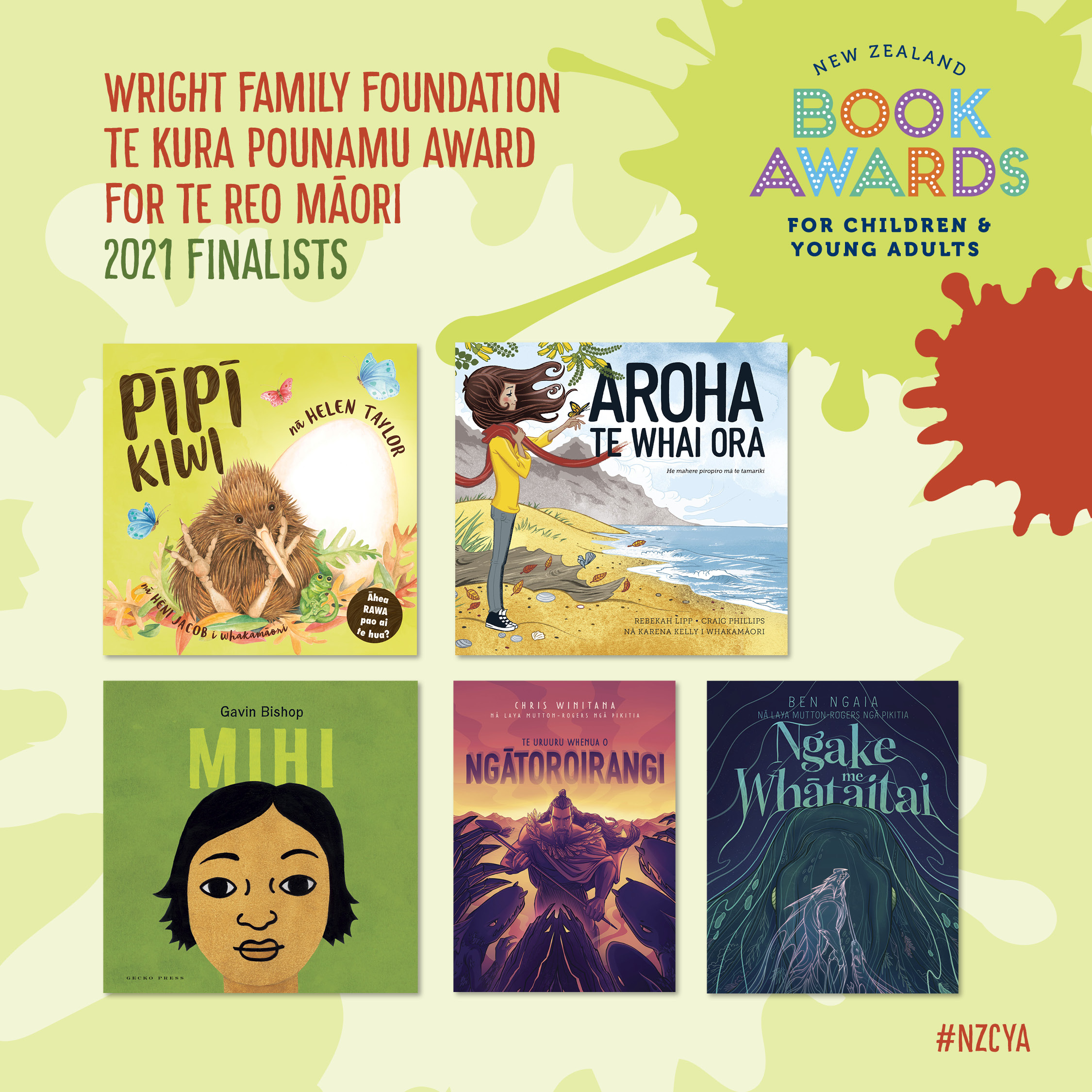
Aroha Te Whai Ora by Craig Phillips and Rebekah Lipp, translated by Karena Kelly (Wildling Books)
Aroha’s Way needed to be translated into te reo Māori; it was important to me for this to happen. For my Uncle Kelston, for Nana Chicken and all my beautiful whānau and friends. A small thing to make up for so much that was lost. I was so fortunate to have had the help from Stacey Morrison and Dr Hinemoa Elder to make this happen. They were so generous with their time and knowledge. They helped us find Karena Kelly.
[Translating into reo Māori is] small thing to make up for so much that was lost.
Dr Karena Kelly is a māmā and a self-proclaimed reo nerd. She has a stack of degrees and is a licensed reo Māori translator, and we couldn’t be more in awe of her and her work.
Having translated the likes of Room on the Broom by Julia Donaldson, and Oh! The Places You’ll Go!, by Dr Seuss, Karena was worth waiting for!
Aroha Te Whai Ora is a book for reo Māori speakers, and is a literary translation instead of a literal one, holding true to both the concepts and deeper learnings of the original Aroha’s Way, and the rhythm and rhyme in te reo Māori. I cried as Karena read and explained the translation. I could feel my uncle’s presence.
I cried as Karena read and explained the translation. I could feel my uncle’s presence.
It really is beautiful and something we, at Wildling Books, are so thrilled to present to the world. The Māori language has so much depth to it, and those deeper meanings have been woven through the work Karena has done with Aroha Te Whai Ora.
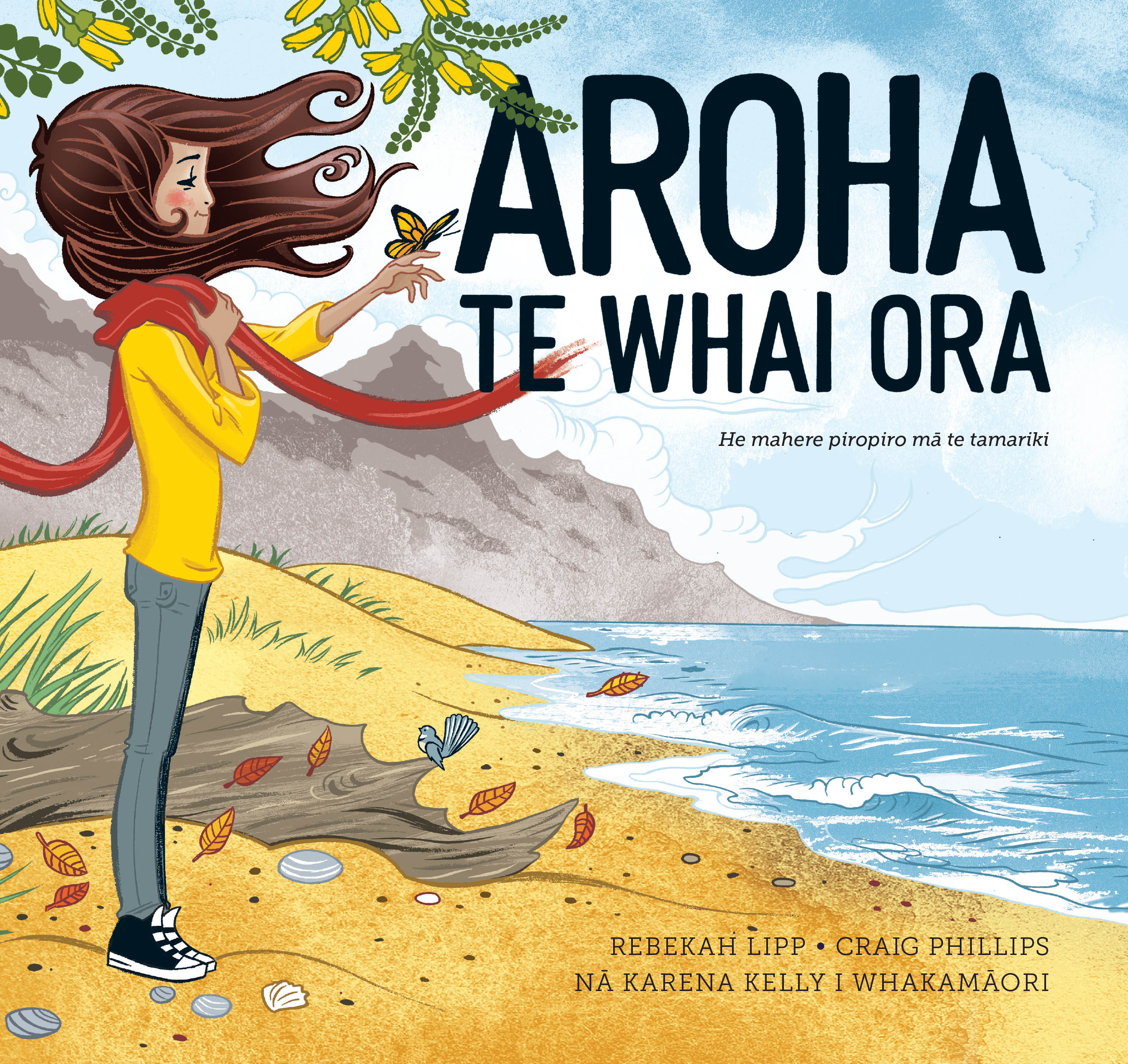
AROHA TE WHAI ORA
By Craig Phillips and Rebekah Lipp
Translated by Karena Kelly
Published by Wildling Books
RRP $20.00
Mihi by Gavin Bishop (Gecko Press)
Mihi was an idea for a book that seemed like it should exist but didn’t. At Gecko Press we had seen many online and educational resources about pepeha but not a book that was made purely for pleasure and for sharing with children. The central idea is close to us all—our children are learning their pepeha at primary school, it is part of our daily culture, and at Gecko Press we, like many other businesses, had been attending classes in te reo Maōri. We wanted to create a book for babies and families that would be a starting point for talk and personal stories.
…we had seen many online and educational resources about pepeha but not a book that was made purely for pleasure and for sharing with children.
Gecko Press doesn’t have a speaker of te reo Māori in the office, so we gathered a group to work on this and two other books in what has become a small series (Koro—about a day with grandad—is the next.) The centre is Gavin, of course. Darryn Joseph, Associate Professor of Māori at Massey University, helps shape and develop the texts. Piripi Walker, a well-known writer and translator, has been involved with many of our books, including Mihi, and we hire proofreaders who are fluent. Working with languages other than English is the core of Gecko Press publishing, and we apply the same attention to these books created in te reo Māori as we do translating into English.
Working with languages other than English is the core of Gecko Press publishing, and we apply the same attention to these books created in te reo Māori as we do translating into English.
Gecko Press has a long working relationship with Gavin Bishop and our process is organic. We often can’t remember who first sparked the idea that becomes a book! But the shape and concept of Mihi also grew from its artwork. Gavin’s compelling and beautiful faces gazing directly at us sent shivers down our spines when we first saw them. The illustrations powerfully convey what’s at the core of these seemingly simple words.
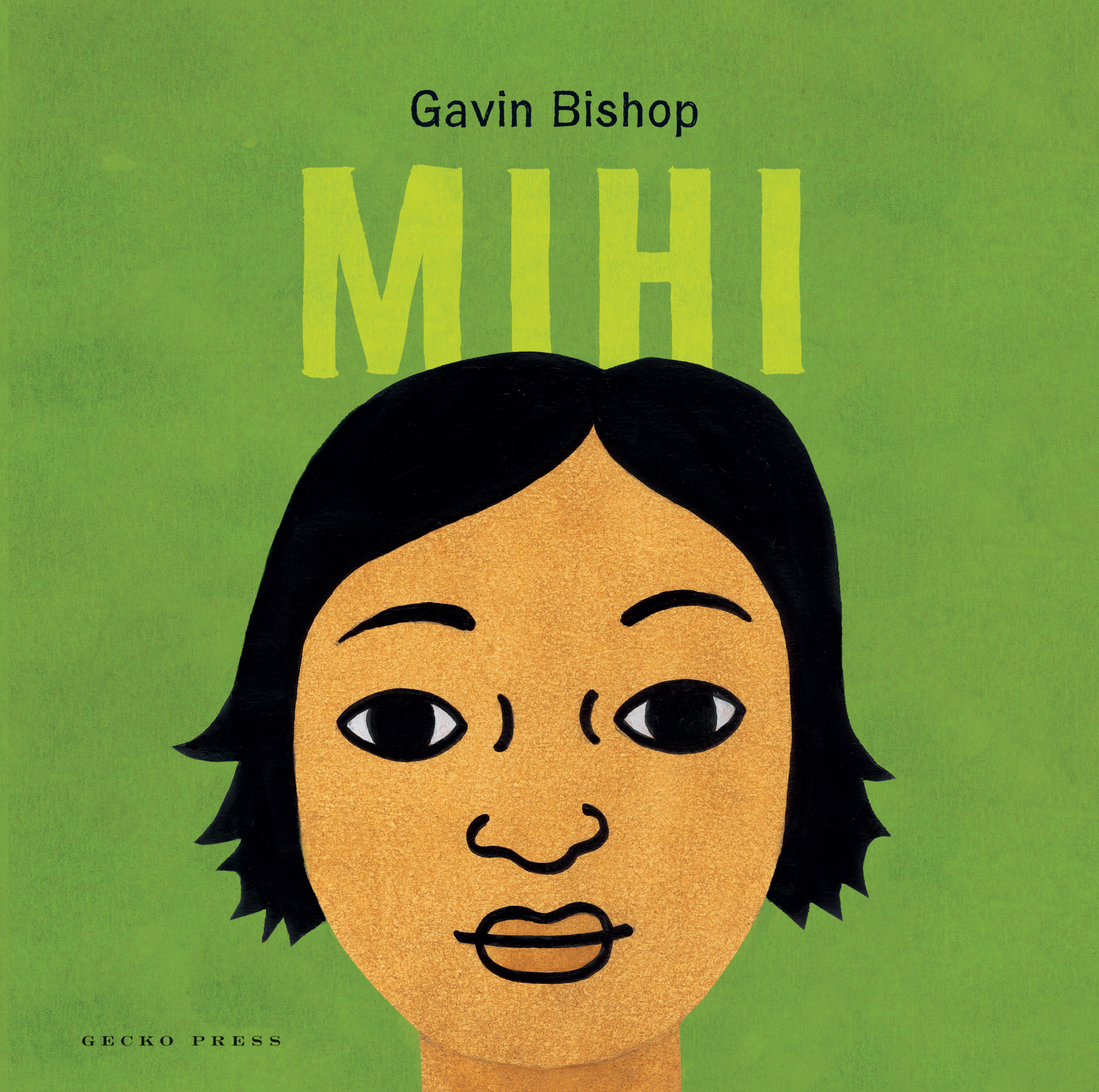
Pīpī Kiwi by Helen Taylor, translated by Hēni Jacob (Puffin)
When Helen sent in her story Kiwi Baby I was immediately attracted to its gentle warmth and authenticity. Any whānau going through a waiting period for a new little person to arrive could relate to this — it’s a time of hope, growth, preparation and pent-up excitement, and for the child (Kiwi Iti — Small Kiwi) it seems like an eternity before they get to meet their longed-for sibling. Helen’s text captured the scenario so perfectly, even before she’d brought any of her exquisite illustrations into being. I also loved that it depicted a father (Kiwi Nui — Big Kiwi) as the leading nurturer and caregiver.
We decided to offer the story in simultaneous English and Māori editions very early in the piece. In recent years Penguin Random House has published a number of books that cater to learning the building blocks of te reo, such as bilingual board books for babies and illustrated first words books and flash cards for vocabulary. We could see a need for shorter picture books with clear, simple language and repetitive phrases, providing a bridge for learners moving on to more advanced reading.
We could see a need for shorter picture books with clear, simple language and repetitive phrases, providing a bridge for learners moving on to more advanced reading.
As Helen’s story was already embedded in the natural world of Aotearoa, depicting tamariki in a loving and supportive whānau, exploring themes of patience, gentleness and respect along with the concept of big versus small, we felt it would genuinely align with Māori values and translate without jarring. Many of Helen’s earlier books published by Reed had been translated into Māori (likely for the same aspects that Penguin Random House saw in Kiwi Baby) so Helen was delighted and very keen for her work to continue to contribute to Māori language and literature.
Translating a story from one language to another always throws up a few challenges, which Hēni Jacob worked out so beautifully and richly. Hēni explained to us that the idea of ‘not yet’ doesn’t really work in Māori, deciding to opt for a simple ‘no’ instead. She also enjoyed exploring translations for ‘waiting’ (Kiwi Nui tells Kiwi Iti repeatedly ‘These things take time’), as there are so many nuanced options in Māori. It was a very interesting process for all of us word-lovers and from Hēni we all received new insights into the different ways our cultures can think and express themselves.
It was a very interesting process for all of us word-lovers and from Hēni we all received new insights into the different ways our cultures can think and express themselves.
When Pīpī Kiwi was published, Mikaere Flavell reviewed it for The Sapling and he appreciated the way that Hēni’s choice of words matched the characters’ expressions in Helen’s illustrations. What more can you ask of a translator? Ka rawe, Hēni! Ngā mihi maioha.
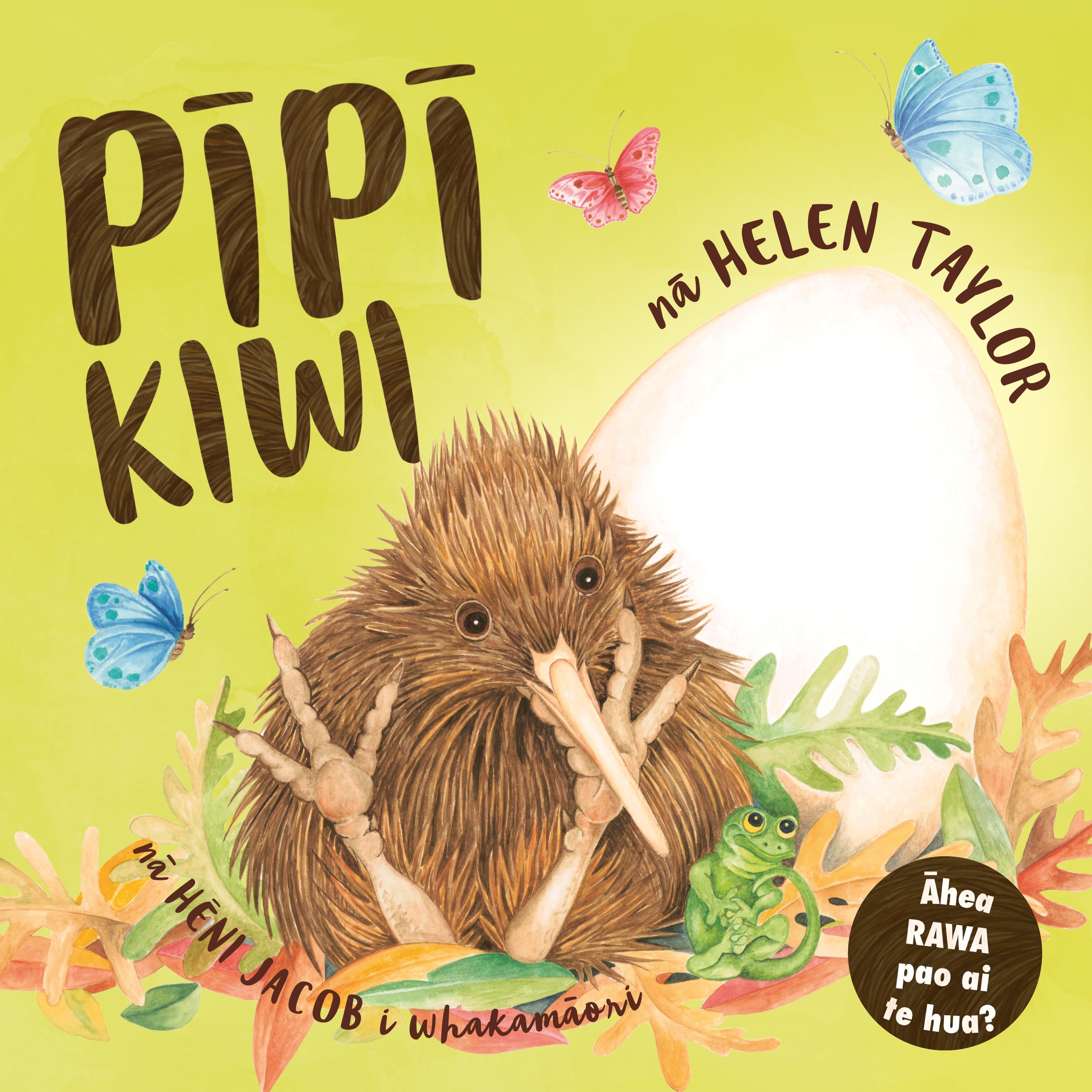
Ngake me Whātaitai by Ben Ngaia, illustrated by Laya Mutton-Rogers (Huia Publishers)
The story of Ngake and Whātaitai is not new, in fact there are different versions belonging to different iwi. Some people, especially those living in Wellington, may be familiar with a version of the story—two determined taniwha are tasked with breaking through the clenched teeth of the fish of Māui. In doing so, Ngake and Whātaitai create what is known today as Te Whanganui-a-Tara, or the Wellington Harbour. Ngake me Whātaitai by Ben Ngaia is a Te Āti Awa version.
What makes this retelling of the story unique is the perspective and expertise that author, Ben Ngaia (Te Āti Awa) brings to Ngake me Whātaitai. Ben wanted to give young readers the opportunity to explore the deeper context of this well-known story—the perspective of the Kāhui Mounga, Whātaitai’s transformation into Te Kāhui Mounga, and the Te Āti Awa dialect. Huia Publishers approached Ben to write this story as part of the work we do with the Ministry of Education to share iwi stories. As an acknowledged expert in education and Māori language from Te Āti Awa, Ben was a perfect fit to write this story.
As an acknowledged expert in education and Māori language from Te Āti Awa, Ben was a perfect fit to write this story.
The story was originally published as two educational resources—a book and an animated video—for Māori medium schools. We employed illustrator Laya Mutton-Rogers for this project because we knew her style would suit both mediums. The strength of the illustrations was clear—Laya had worked with us before on the illustrations for another picture book Tio Tiamu, which was a huge success. Her love for the fantasy genre and nature is evident in the captivating illustrations for Ngake me Whātaitai. The final illustrations were a big motive for us to re-publish Ngake me Whātaitai in the commercial space.
[Laya Mutton Rogers’] love for the fantasy genre and nature is evident in the captivating illustrations for Ngake me Whātaitai.
We knew this book would have a wider audience than just those tamariki we could reach in Māori medium schools. Particularly from whānau of Te Āti Awa, we’ve had a wonderful response—this picture book is a keepsake to share with their descendants through the lens and language of their ancestors.
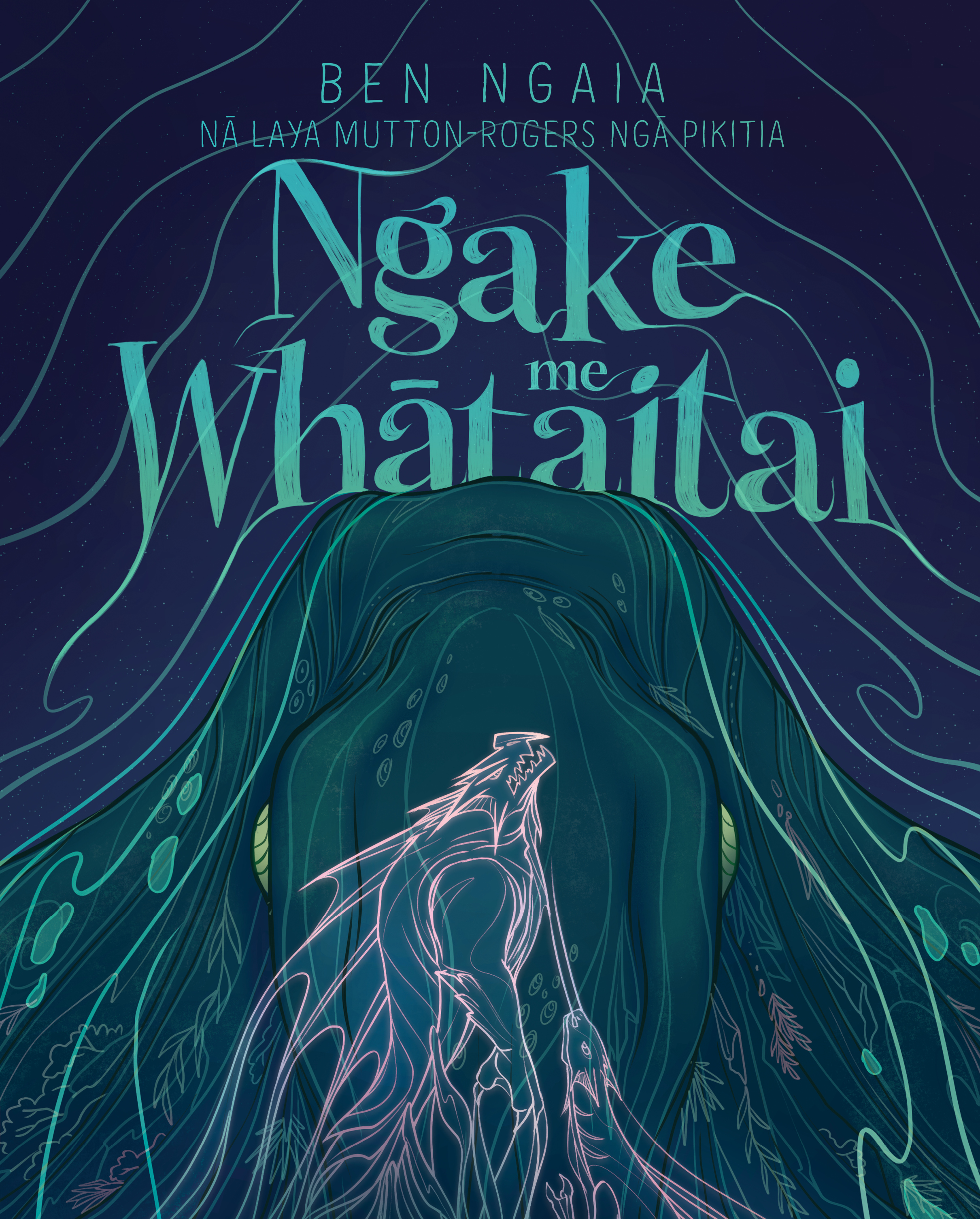
NGAKE ME WHĀTAITAI
By Ben Ngaia
Illustrated by Laya Mutton-Rogers
Published by Huia Publishing
RRP $19.99
Te Uruuru Whenua o Ngātoroirangi by Chris Winitana, illustrated by Laya Mutton-Rogers (Huia Publishers)
Te Uruuru Whenua o Ngātoroirangi is written by award-winning author Chris Winitana (Ngāti Tūwharetoa, Ngāi Tūhoe). Ngātoroirangi was the adventurous and fearless ancestor of Tūwharetoa who arrived in Aotearoa on Te Arawa waka. In this story, Chris draws from several Ngāti Tūwharetoa legends about the places and challenges Ngātoroirangi encountered when he first arrived in Aotearoa.
The story is special as it adds context to numerous places across the central North Island and how each came to be named today including Waimahunga, the large spring where Ngātoroirangi conducted his cleansing ceremonies, and Te Whārua o Ngātoroirangi, where his footprints are still visible in the land today.
The story is special as it adds context to numerous places across the central North Island and how each came to be named today…
Like Ngake me Whataitai, this book was originally published with the Ministry of Education as an educational resource for Māori medium schools through the Te Aho Ngārahu initiative. Chris is well regarded for his storytelling and for his contribution to the revitalisation of Māori language. His earlier book Toku Reo, Toku Ohooho: My Language, My Inspiration won the Māori Language Award at the New Zealand Post Book Awards in 2012. The quality of the story and the language gave us reason to re-publish this book in the commercial space. We worked with illustrator Laya Mutton-Rogers on this book too. We were particularly impressed with her use of colour and the way she interpreted spiritual elements to bring the landscape to life. Laya has been recognised for her work on Te Uruuru Whenua o Ngātoroirangi as a finalist in this year’s Russell Clark Award for Illustration.
[T]his book was originally published with the Ministry of Education as an educational resource for Māori medium schools through the Te Aho Ngārahu initiative.
The quality of the storytelling along with the striking illustrations gave us reason to re-publish the book for a wider audience. And the response from supporters of Chris and descendants of Ngāti Tūwharetoa has been really encouraging.
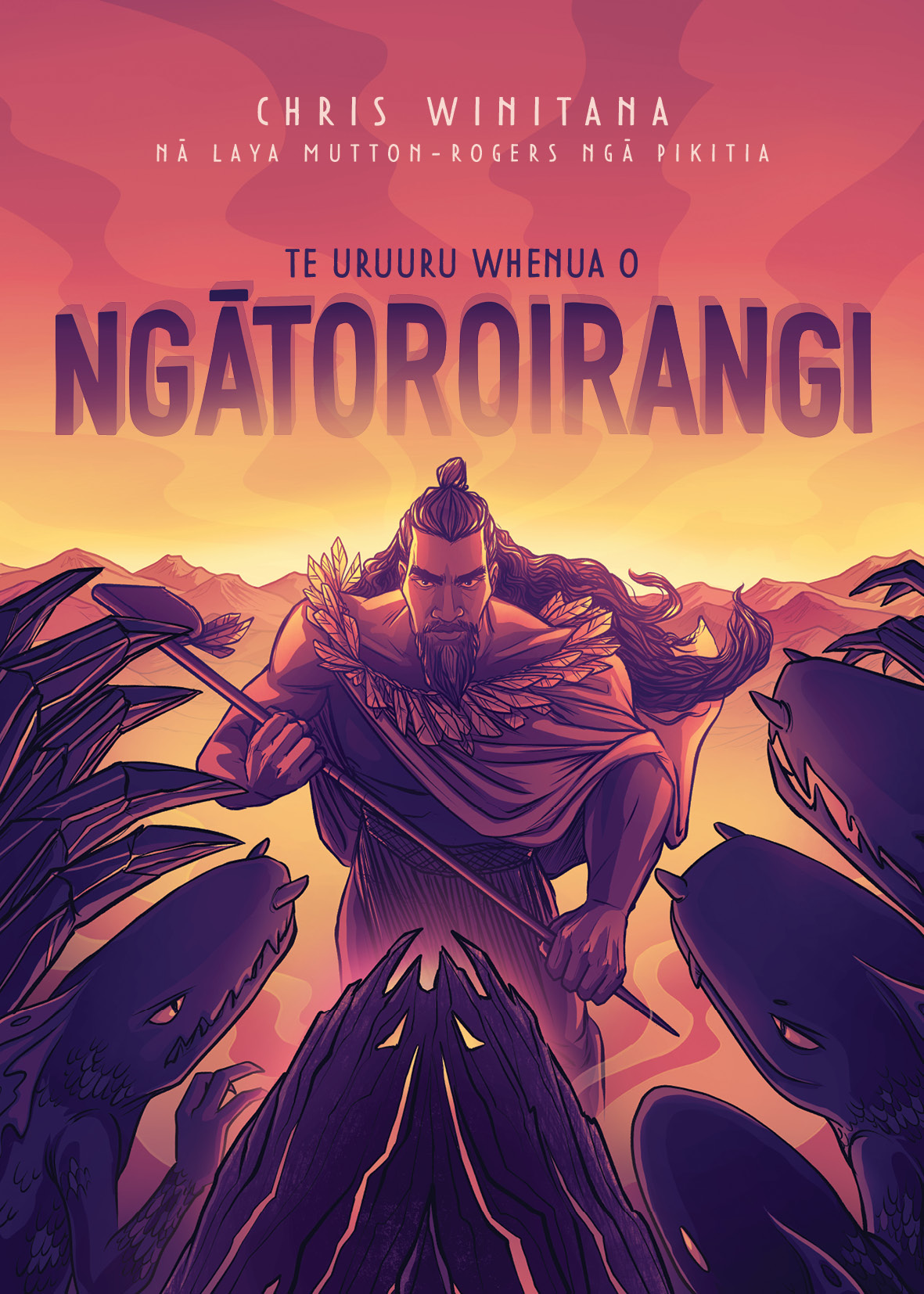
TE URUURU WHENUA O NGĀTOROIRANGI
Written by Chris Winitana
Illustrated by Laya Mutton-Rogers
Published by Huia Publishing
RRP $19.99
Check out our coverage of the other Book Awards for Children & Young Adults categories:
The Elsie Locke for Non-Fiction finalists share the story behind their books
The NZCYA finalists announcement, including reckons from editors Sarah, Briar, Nida and Simie



